Last month, Andy and I had a chance to visit the birthplace of the Boundary Waters. It’s the birthplace of a lot of other things too.
If you’re imagining something like the Mississippi headwaters in Itasca State Park with its official sign when you think of the birthplace of the Boundary Waters, think again. Chances are, even if you’ve never visited this birthplace in person, you’ve seen it countless times in the media. It might seem a little strange that the Boundary Waters – America’s most popular wilderness area – traces its beginnings to a completely manmade structure of stone, columns, and steps in a very urban setting.
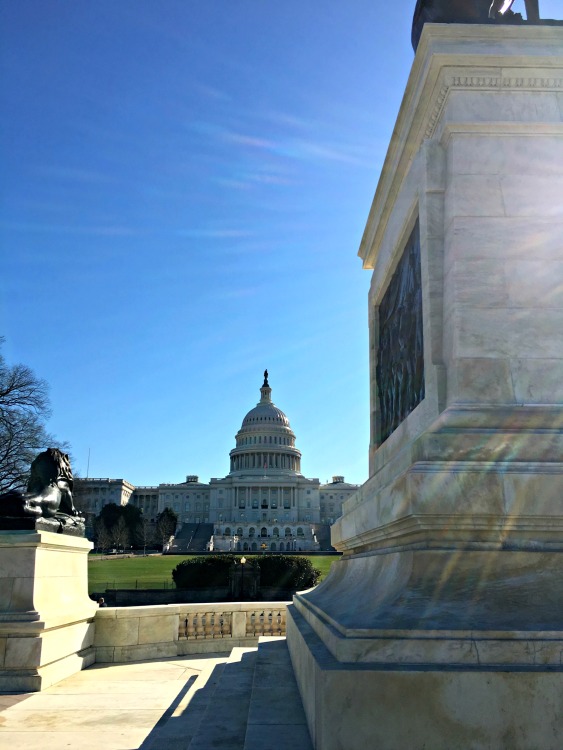
Nevertheless, the place that birthed the Boundary Waters Canoe Area Wilderness is the United States Capitol in Washington D.C.
Sure, the lakes and rocks of northeastern Minnesota have existed for millennia, but the fact that today we go on canoe or hiking trips in the Boundary Waters Canoe Area Wilderness is the direct result of U.S. legislators’ work in the 20th century. Without the federal legislative action taken in the 1960s and 70s, today when you checked in for a cabin at Tuscarora, you might be checking in for a cabin actually located on Tuscarora Lake and we’d work with you to motor and portage your party and your gear over the two portages between our parking lodge on Round Lake and your cabin on Tuscarora Lake. When you parked here for your winter camping trip, you might be planning to snowmobile all the way into Gillis Lake.
Of course, the cabins that Tuscarora Lodge used to own on Tuscarora Lake are long gone, but at the end of the day, the only thing preventing you from using motors within the designated wilderness area is a federal law. (And we should all strive to be law-abiding citizens at every level of government.) At the risk of sounding too esoteric, the Boundary Waters is just an idea. A very good idea, but an abstract concept nonetheless.
So while the trees, waters, and rocks on either side of the Boundary Waters border might look basically identical when you’re in northeastern Minnesota, the Boundary Waters Canoe Area Wilderness as we know it today is the result of the Boundary Waters Canoe Area Wilderness Act that President Carter signed into law in 1978. In order to achieve the protections that U.S. citizens wanted for the Minnesota/Canada boundary lake country, the BWCAW act officially defined 1.1 million acres contained within the Superior National Forest as “Boundary Waters.” The 1978 act came after decades of state and federal legislative action that slowly worked to define the Boundary Waters as one of the United States’ most special and beloved natural areas.
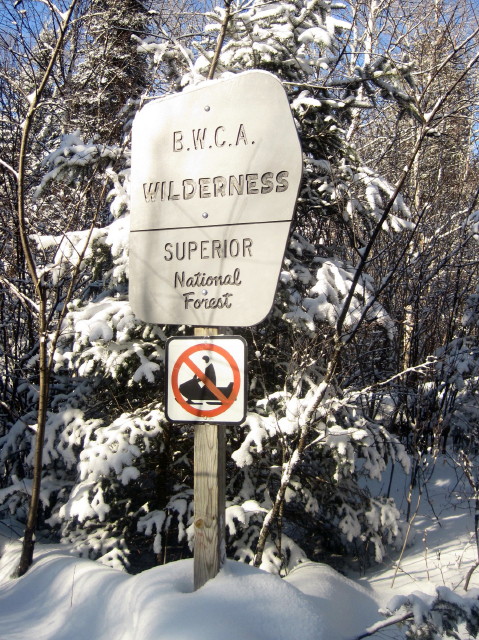
Northeastern Minnesota was certainly a contentious place in the late 1970s when the Boundary Waters were being debated at the federal level. But it’s nice to think that the resulting wilderness area came about from concerned citizens and area business owners working together with their legislators and compromising. Today we’re still afforded the opportunity to voice any concerns we might have about the Boundary Waters with our elected officials. (If you’re curious to learn more about the passage of the Boundary Waters Canoe Area Wilderness Act, you can check out this podcast from WTIP which specifically discusses how Gunflint Trail residents were involved with the bill’s passage.)
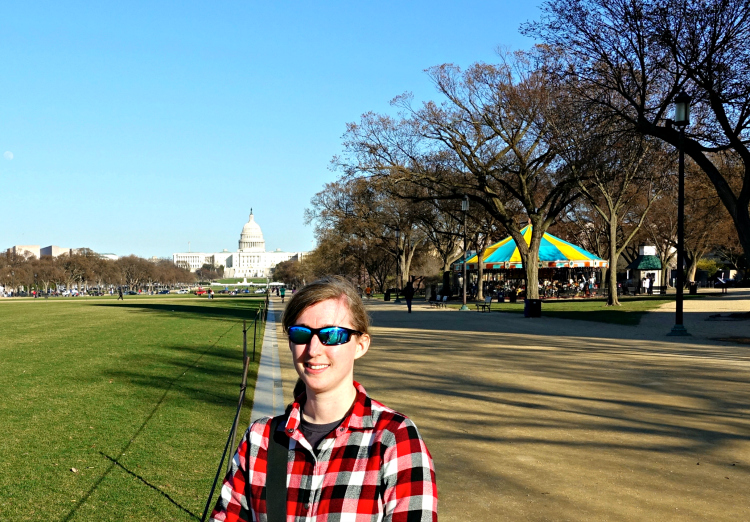
We were only in Washington D.C. for three nights and we weren’t organized enough to make arrangements to watch Congress or the Senate in session. But we did tour the Capitol building and I donned my brightest plaid shirt for the occasion – a subtle nod to the 1970s Gunflint Trail business owners who wore buffalo plaid shirts whenever they visited to the Capitol to lobby about the BWCAW bill.
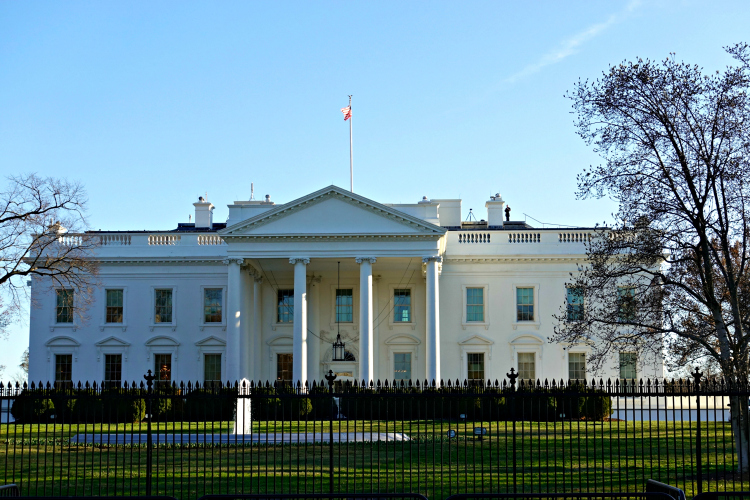
We were on a purely sightseeing visit to Washington D.C., but despite this, I was surprised at how effective the city was – with its grand buildings and innumerable monuments – at creating “that America feeling” and making me really think (maybe overthink?!) about the impact certain acts of U.S. legislation have had on my own personal life.
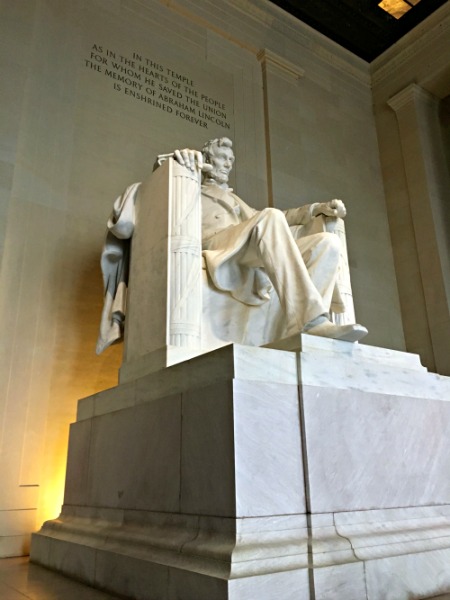
We never got much beyond the National Mall during our visit (our lodging was just two blocks from the White House), but we managed to squeeze a lot of monuments, museums, and miles into our short visit.
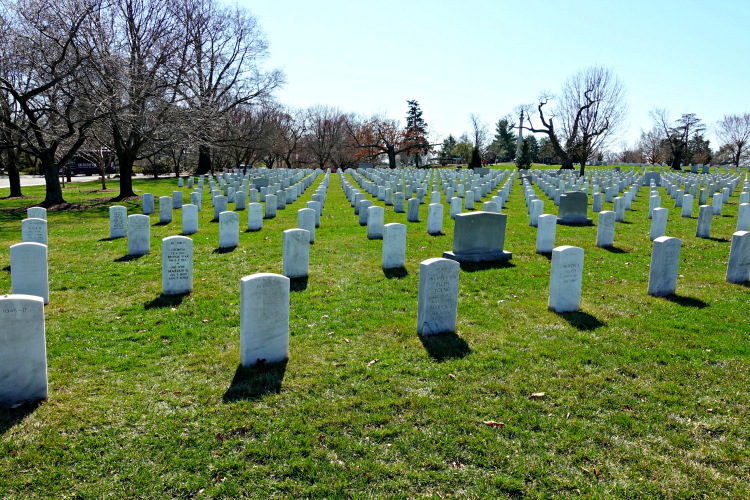
Highlights included:
- Observing a wreath laying ceremony at the Tomb of the Unknown Soldier in Arlington National Cemetery
- Watching the helicopters fly back and forth over the Tidal Basin as we toured monuments
- Taking a break from wordy Smithsonian exhibits in the flower-filled lobby of the National Gallery
- Enjoying a plethora of dining options
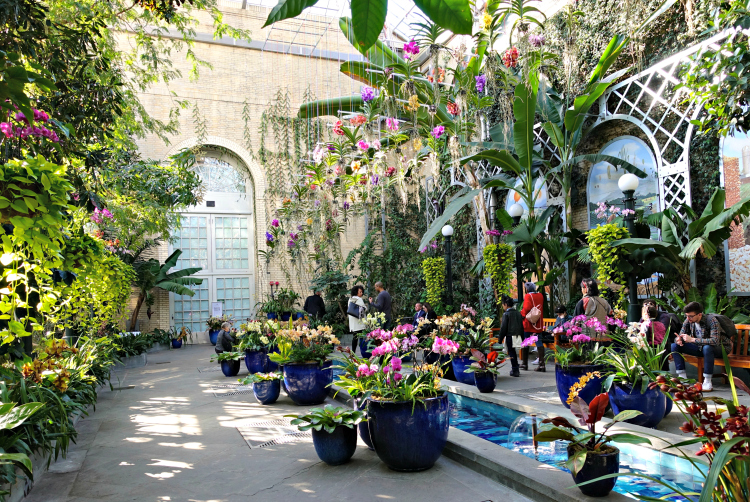
Although we were a little early for cherry blossoms, the green grass covering the National Mall, as well as the beautiful green oasis of the United States Botanic Garden, were truly sights for sore, winter-worn eyes. During our brief trip, it snowed another foot back home on the Gunflint . . . .
We certainly left a lot unseen in Washington D.C., but we hope to return sometime soon; plaid shirts optional.
Have you been to Washington D.C.? What was your favorite sight?

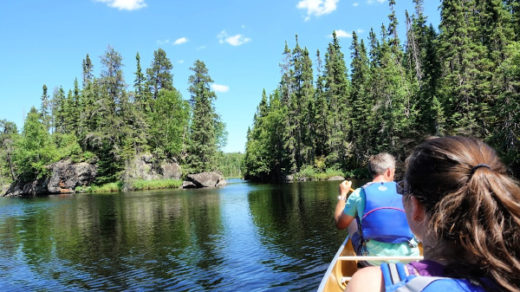

I lived in Washington D.C for almost two years while I attended graduate school at George Washington University. My favorite thing to do was take a late night walk through the national mall to visit the Lincoln Memorial. No tourists. No crowds. No noise. It is a completely different experience I would recommend to anyone.
You are the third person since we’ve gotten back who’s mentioned how much they enjoy visiting the National Mall “after hours!” We’ll definitely check it out next time, especially since when we visited the Lincoln Memorial (late afternoon on a Sunday) it was sooooo crowded and noisy.
Still working here in DC now as the national wilderness manager for the US Forest Service! Lot’s to see and do here. I never imagined I’d live and work here. Keeping it wild!